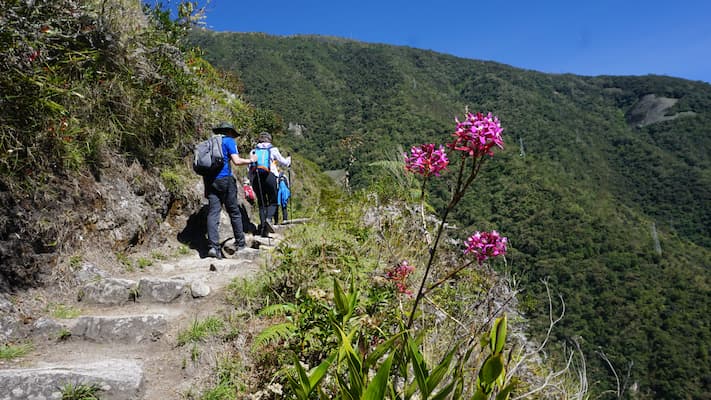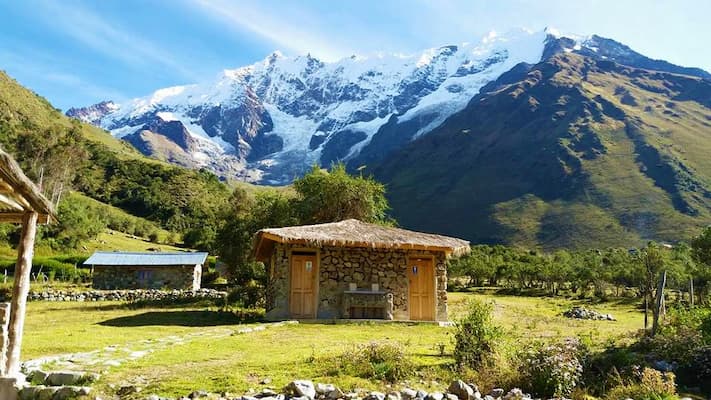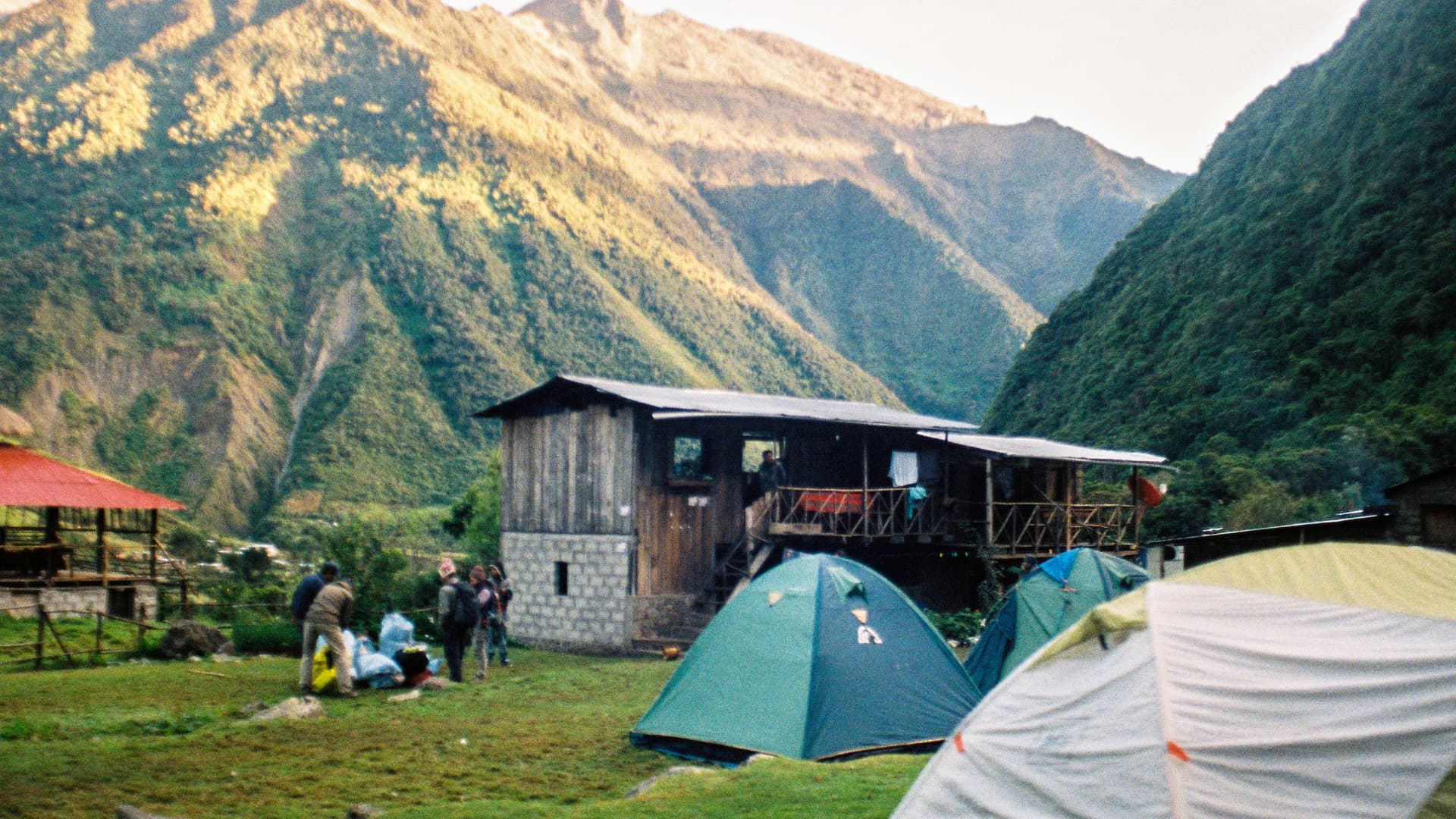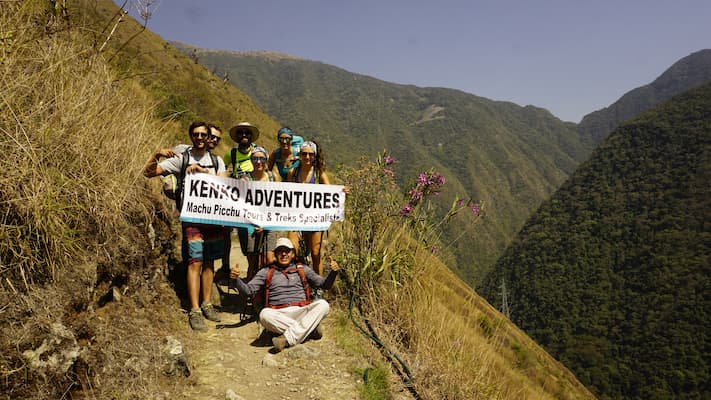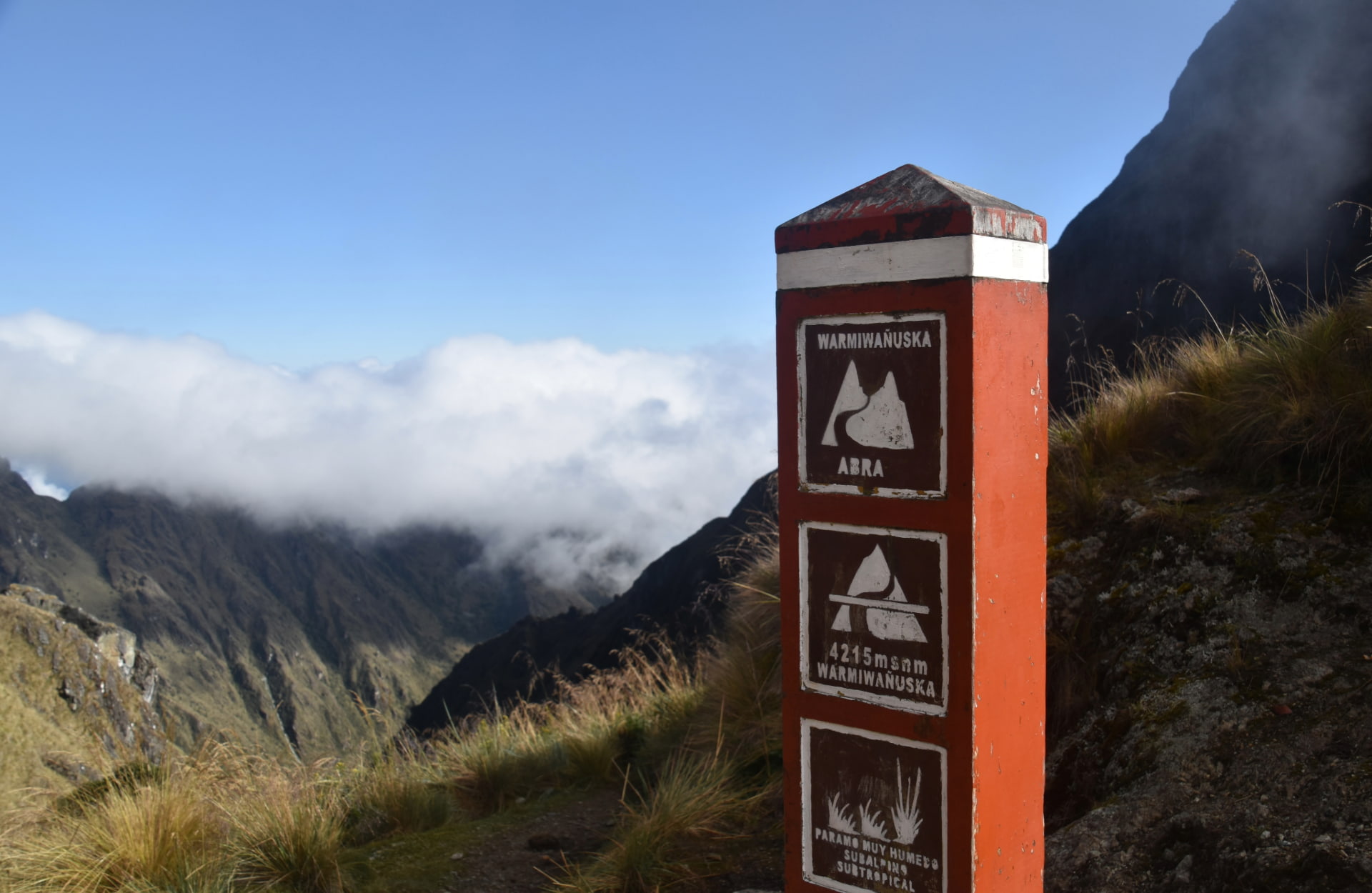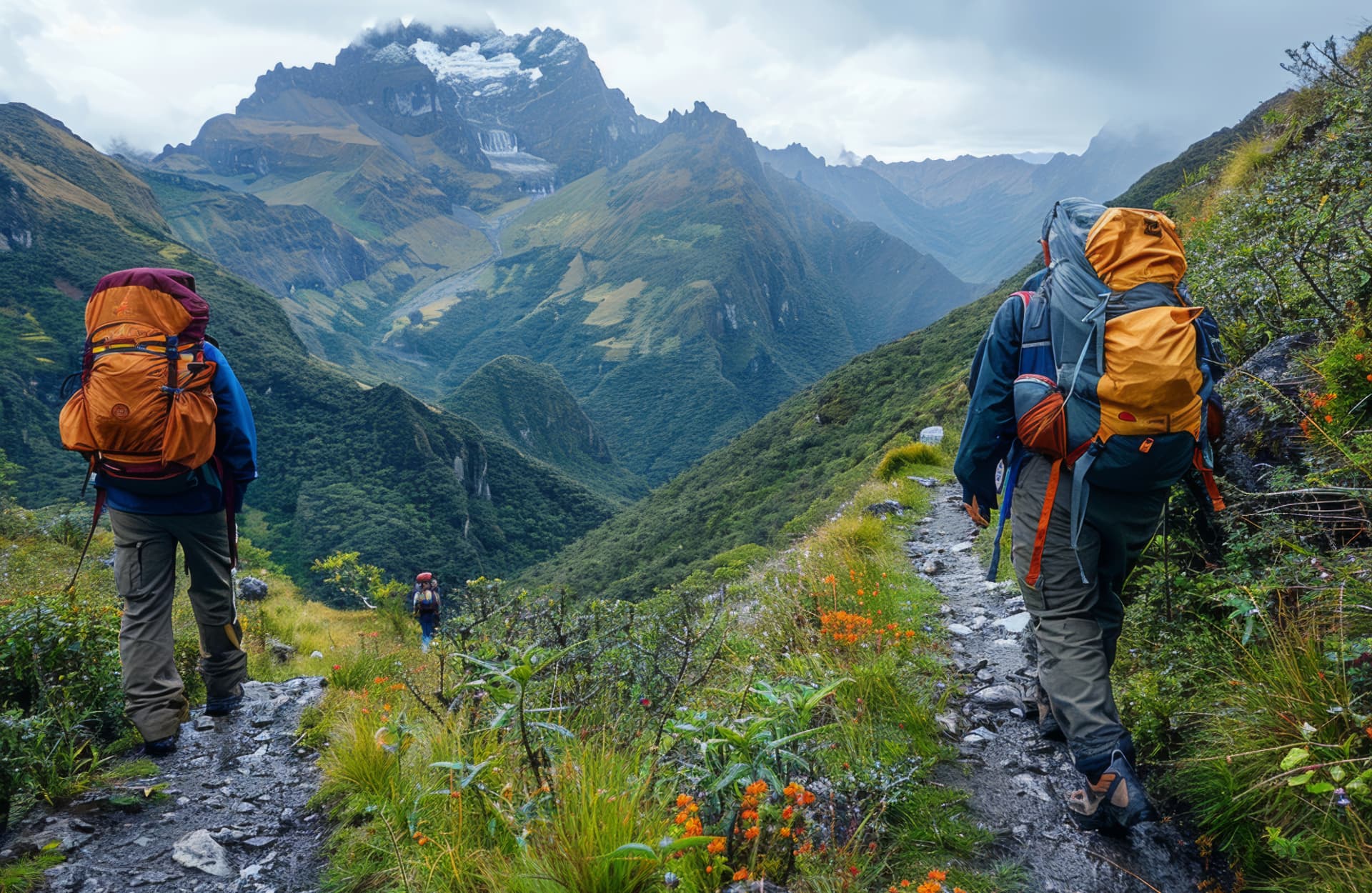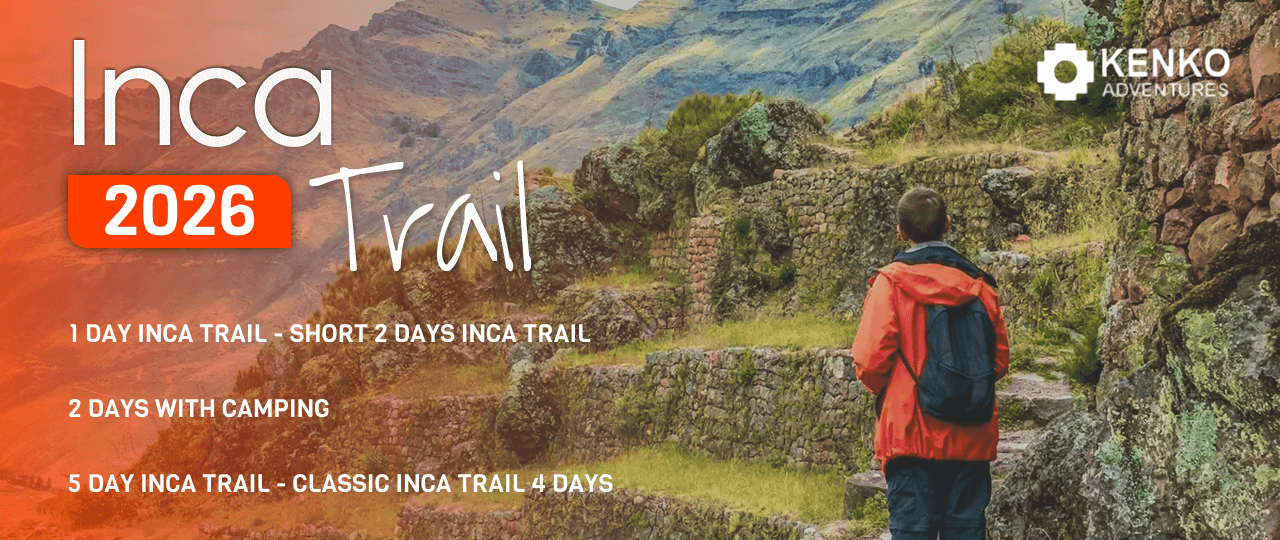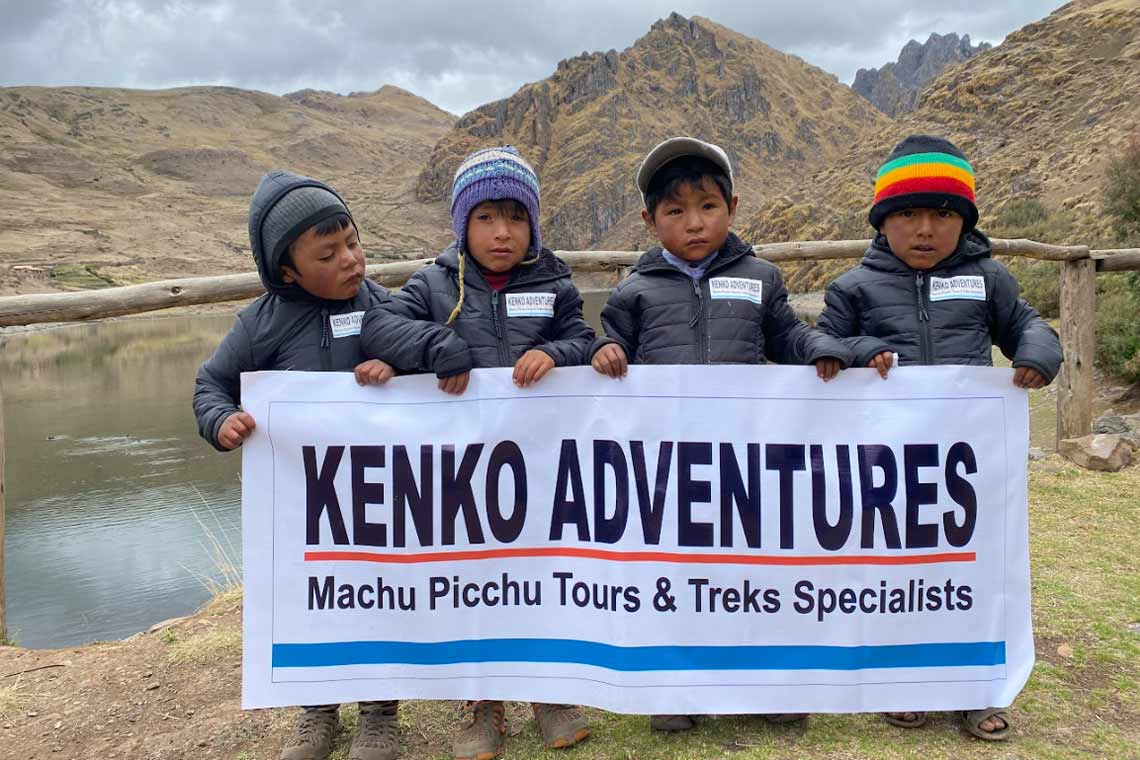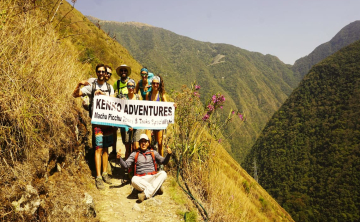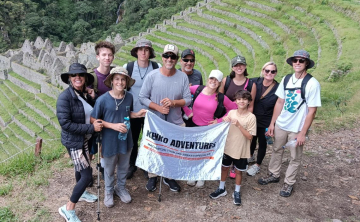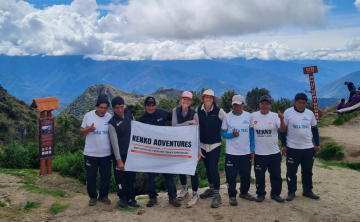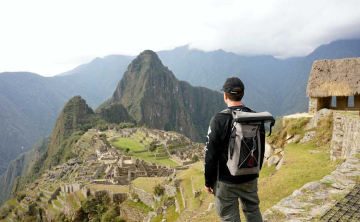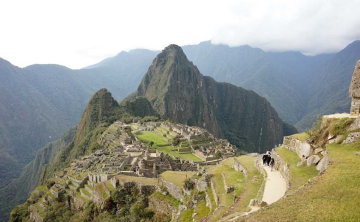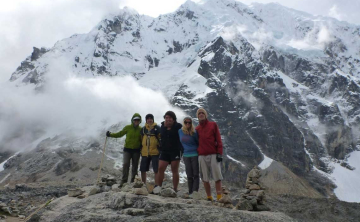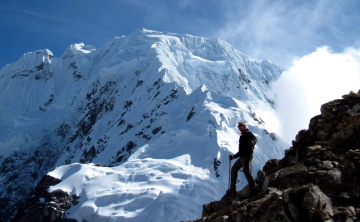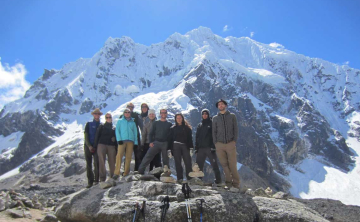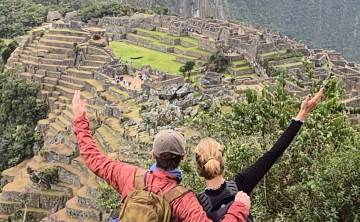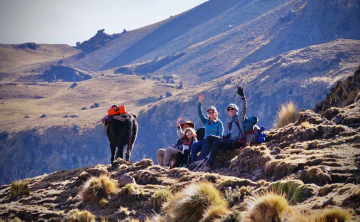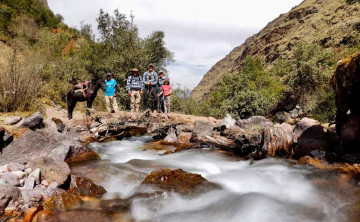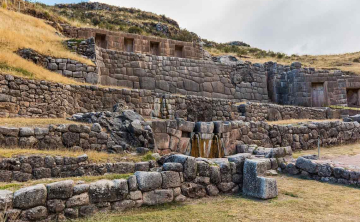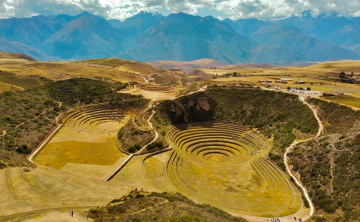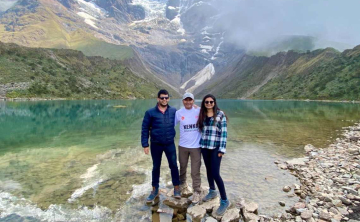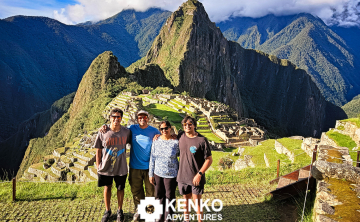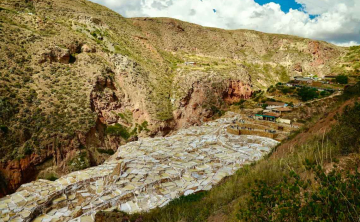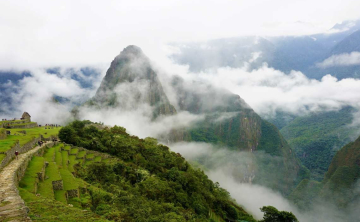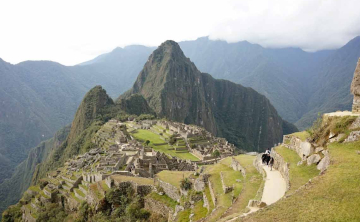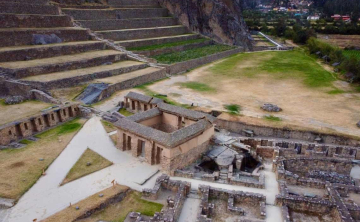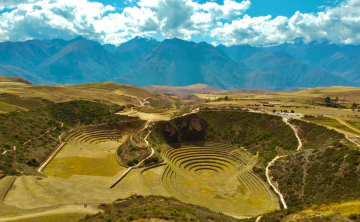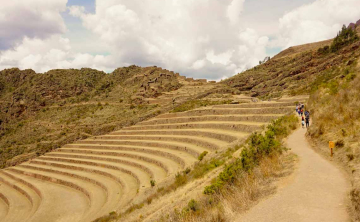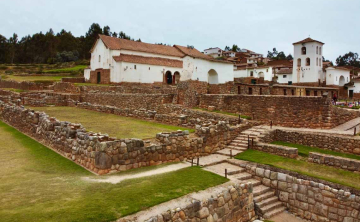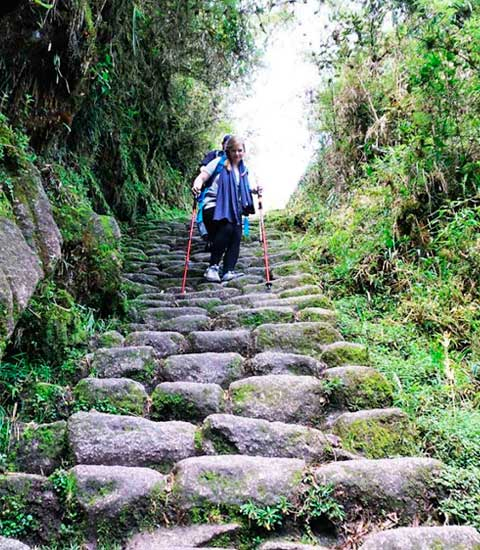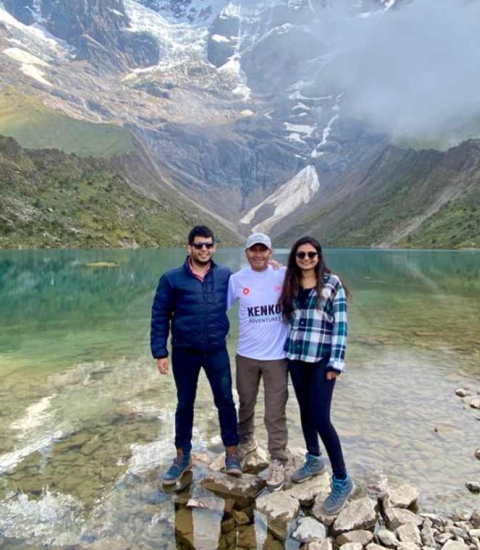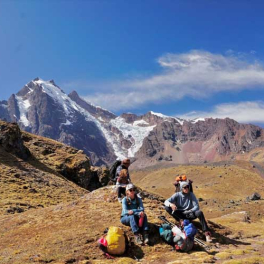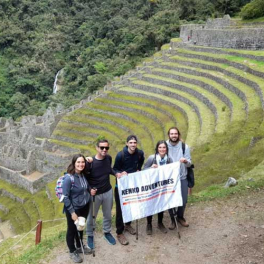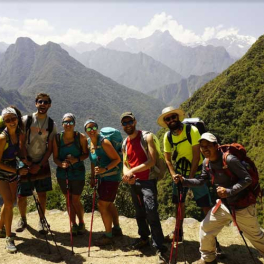Exploring Inca Trail Options: Ultimate Guide to Machu Picchu Treks
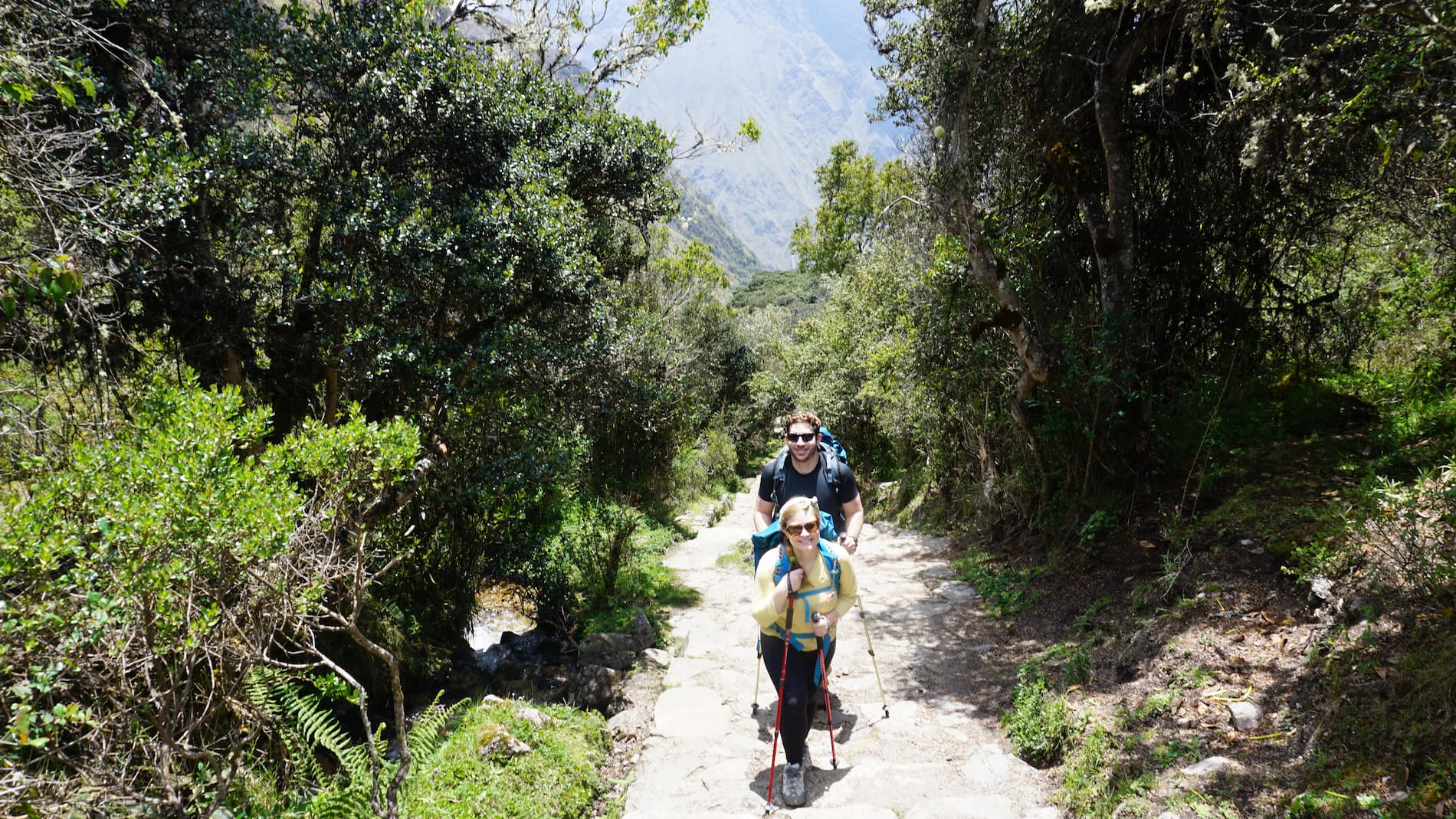
The Inca Trail is one of the most iconic trekking routes in the world, leading to the breathtaking ruins of Machu Picchu. For those planning this once-in-a-lifetime adventure, understanding the various trail options, preparation tips, and what to expect can make all the difference. This guide explores different ways to experience the Inca Trail, ensuring that every trekker finds the route that best suits their needs.
1. Inca Trail Tour Options: Choosing the Right Experience
- Classic 4-Day Inca Trail: This is the traditional and most sought-after option, offering trekkers a full immersion into the ancient paths once traversed by the Incas. Along this route, highlights include Wi├▒ay Wayna, a beautiful archaeological site, and the Intipunku (Sun Gate), which provides the first awe-inspiring view of Machu Picchu.
- Short Inca Trail (2 Days): Ideal for those short on time or for those who prefer a less strenuous experience, this version condenses the best of the Inca Trail into a two-day journey. Trekkers still experience the thrill of entering Machu Picchu through the Sun Gate.
- Combination Treks: These options combine the Inca Trail with other famous routes like the Salkantay Trek or the Lares Trek, offering a more diverse and extended adventure through the Peruvian Andes. These treks typically include a mix of high-altitude passes, lush valleys, and an array of Inca ruins.
2. Inca Trail Trekking Options: Which Route is Right for You?
- Traditional Route: This 26-mile trek is steeped in history and natural beauty. The path winds through cloud forests, alpine tundra, and ancient stone steps, leading to several significant Inca ruins before reaching Machu Picchu. Trekkers on this route often highlight the feeling of connection to history as they walk in the footsteps of the Inca.
- Alternative Routes: For those seeking a path less traveled, alternative routes such as the Salkantay Trek or the Lares Trek offer quieter experiences. The Salkantay Trek, for instance, takes trekkers through diverse ecosystems, from tropical forests to snow-capped mountains, and is often noted for its challenging terrain and stunning vistas. The Lares Trek is culturally rich, passing through traditional Andean villages, and offers an intimate glimpse into local life.
3. Essential Gear for the Inca Trail: Packing Smart for Success
- Day Pack Essentials: Packing wisely is crucial. A well-organized day pack should include essentials like water, snacks, rain gear, sunscreen, and a first aid kit. Given the unpredictable Andean weather, it's important to be prepared for both sun and rain.
- Camping Gear: Quality equipment can significantly enhance the trekking experience. Renting high-quality sleeping bags and mats ensures comfort during the cold nights. Lightweight gear is preferred to stay within the weight limits often imposed on porters.
- Clothing: Dressing in layers is key to managing the varied temperatures along the trail. Merino wool socks are highly recommended for their comfort and moisture-wicking properties, helping to prevent blisters on the challenging terrain. Quick-drying hiking pants, moisture-wicking shirts, and a warm jacket are also essential, especially during the colder months.
4. Overcoming Challenges: Tips for a Successful Trek
- Altitude Sickness: The high altitudes along the trail can pose a significant challenge. It's important to acclimatize properly by spending a few days at high altitude before starting the trek. Drinking plenty of water, avoiding alcohol, and considering medication can also help mitigate the effects.
- Physical Preparation: The Inca Trail is demanding, with long days of hiking and steep climbs. Regular physical training, including cardiovascular exercises, leg strengthening, and hiking practice, is recommended in the months leading up to the trek.
- Mental Preparedness: Trekking the Inca Trail is as much a mental challenge as it is a physical one. Staying positive, pacing oneself, and focusing on the incredible journey can help trekkers push through tough moments. The reward at the endÔÇöreaching Machu PicchuÔÇömakes every step worthwhile.
5. Curiosities and Must-Know Facts About the Inca Trail
- Limited Permits: Only a limited number of permits are issued for the Inca Trail each day, making it crucial to book well in advance. This restriction helps preserve the trail and reduce the environmental impact on the area.
- Ancient Engineering: The Inca Trail is a marvel of ancient engineering. Built over 500 years ago, the trail includes stone-paved paths, tunnels, and terraced steps that showcase the advanced construction techniques of the Inca civilization.
- Diverse Ecosystems: The trail passes through a variety of ecosystems, from lush cloud forests to stark alpine tundra. Trekkers often spot rare orchids, exotic birds, and even the elusive spectacled bear.
Intipunku - The Sun Gate: For many, the most memorable moment of the trek is the arrival at Intipunku, the Sun Gate, where trekkers get their first glimpse of Machu Picchu at sunrise. This ancient gateway was a strategic point for the Incas, offering both protection and an awe-inspiring entry to the sacred city.
6. Post-Trek: Exploring Machu Picchu and Beyond
- Machu Picchu: After completing the trek, trekkers can explore Machu Picchu, one of the New Seven Wonders of the World. Highlights include the Temple of the Sun, the Intihuatana Stone, and the Room of the Three Windows. It's recommended to spend a few hours exploring the site and soaking in the atmosphere.
- Huayna Picchu and Machu Picchu Mountain: For those with extra energy, climbing Huayna Picchu or Machu Picchu Mountain offers stunning panoramic views of the ruins and surrounding valleys. These climbs are steep but rewarding and provide a unique perspective on the ancient city.
Aguas Calientes: After exploring Machu Picchu, many trekkers unwind in the nearby town of Aguas Calientes. The town offers hot springs, local markets, and a variety of dining optionsÔÇöa perfect way to relax after the trek.
Conclusion
The Inca Trail is a journey that challenges and rewards in equal measure. Whether choosing the classic route or an alternative trek, preparing properly and understanding what to expect can transform the experience into a truly unforgettable adventure. With its rich history, stunning landscapes, and the ultimate destination of Machu Picchu, the Inca Trail remains a bucket-list trek for adventurers from around the world.
FAQ's about INCA TRAIL OPTIONS
How many days do you need to hike the Inca Trail?
The Inca Trail can be completed in different timeframes, ranging from the classic 4-day trek to shorter 2-day options or extended treks that last up to 5 days, depending on the chosen route and pace.
Is it necessary to hire a guide for the Inca Trail?
Yes, hiring a licensed guide is mandatory for the Inca Trail. Independent trekking is not allowed, as the Peruvian government requires all hikers to be accompanied by a certified guide.
What should I pack for the Inca Trail?
Essential items include a sturdy day pack, layered clothing, rain gear, sunscreen, a hat, and a first aid kit. Comfortable hiking boots and quick-drying socks are crucial for managing the challenging terrain.
How difficult is the Inca Trail hike?
The Inca Trail is considered a moderately difficult trek. Hikers should be prepared for steep ascents, high altitudes, and long hiking days. Physical preparation and acclimatization are key to a successful trek.
What permits do I need for the Inca Trail?
A special permit is required to hike the Inca Trail, and these permits are limited to a certain number each day. It's advisable to book several months in advance, especially for peak seasons.
When is the best time to hike the Inca Trail?
The best time to hike the Inca Trail is during the dry season, from May to September. This period offers the most stable weather conditions, with clear skies and lower chances of rain.
Can the Inca Trail be done in the rainy season?
Yes, it is possible to hike the Inca Trail during the rainy season (November to March), but be prepared for wet and muddy conditions. The trail can be more challenging, but the landscapes are lush and less crowded.

